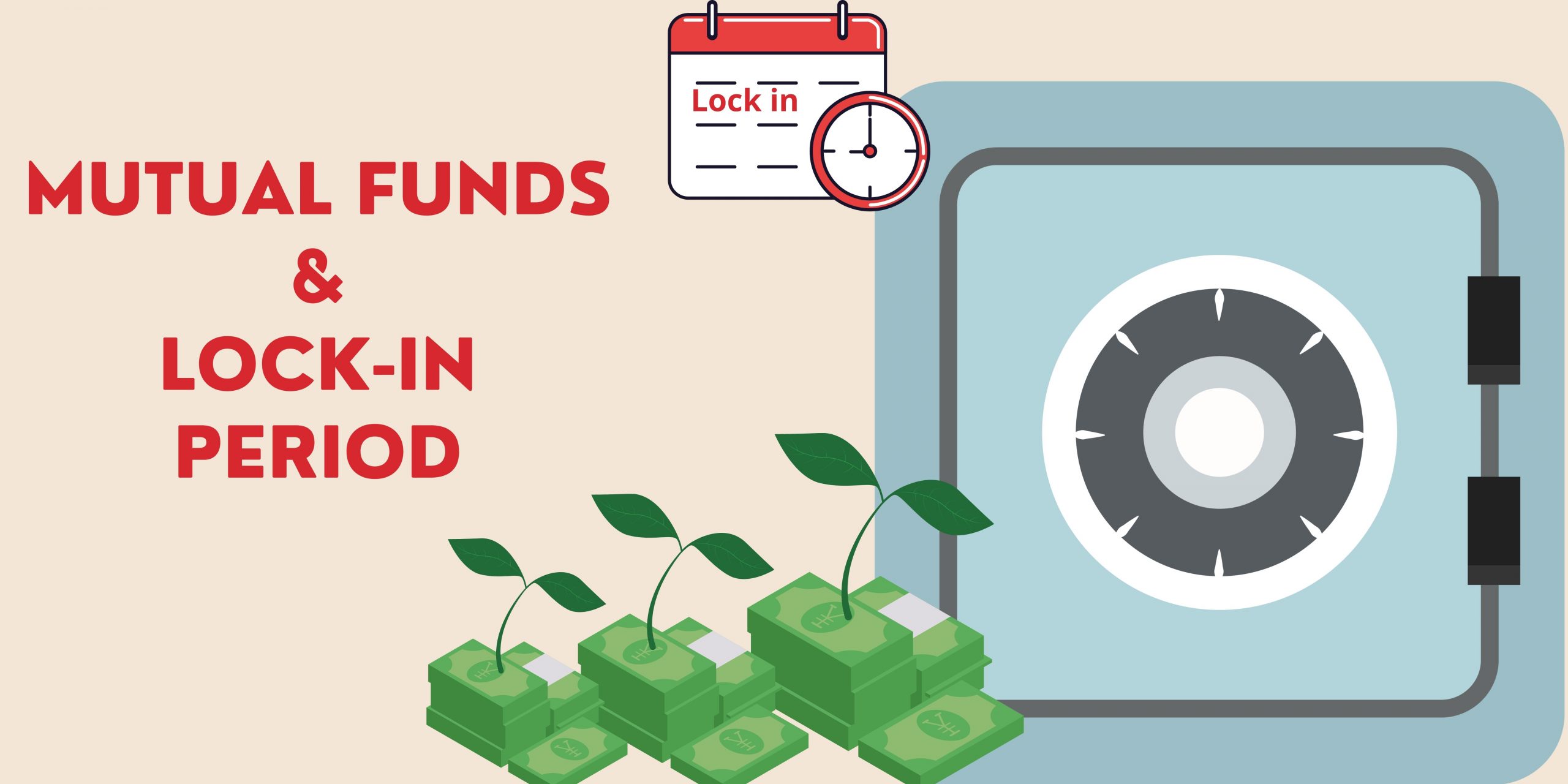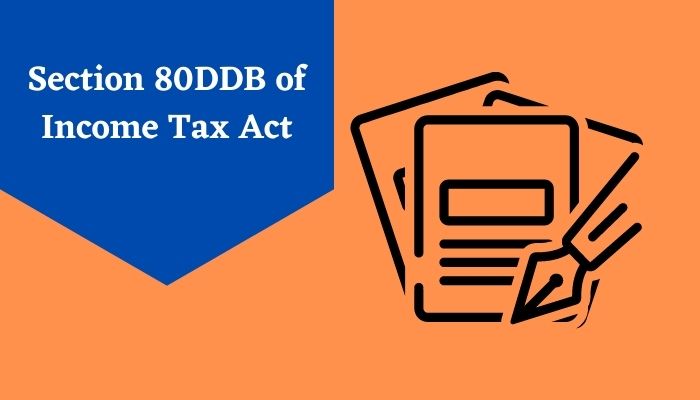Do Mutual Funds Have Lock In Period?
Priya is a keen investor. Over an extended period, she has built a good portfolio as an investor. She also offers financial advice to people informally. One question she comes across very often is a lock-in period under mutual funds. Some people are even confused about do mutual funds have a lock in period.
Mutual funds are famously known for being highly risky in the investor’s world. But another unignorably feature of mutual fund investment is the insanely high returns on investment with minimal money invested. But the lock-in feature of mutual funds is something that people are less aware of.
To know more about what lock-in period of mutual funds, keep reading this blog.

What is a lock-in period?
Let us start by answering whether mutual funds have a lock in period? Yes, mutual funds do have a lock-in period.
A lock-in period in mutual funds means the period during which the investor is forbidden from withdrawing or redeeming the interest or the principal invested from the mutual fund investment. The fund units, either partially or wholly, can not be taken out during this time called the lock-in period. In the case of the close ended-fund, usually, the lock-in period is of 3 years.
The Lock-in feature for a mutual fund is still missing from many mutual funds schemes and plans. There is an exception to this case, though: the Equity Linked Savings Scheme or ELSS.
ELSS is also called tax savings mutual funds, and it has a lock-in period of 3 years. As the name equity-linked savings scheme states, it is an equity-oriented mutual fund scheme. It is called tax saving mutual funds as an elss scheme offers up to Rs. 150,000 tax exemption. The return on investment of an elss mutual funds is called long-term capital gain (LTCG).
However, in the case of the other generic open-ended schemes, if you don’t pay your regular installments or exit the funds in a year, you have to pay a small penalty fee called the exit load. This period can change from bank to bank or plan to plan. If the investment is maintained until the given limit, exiting doesn’t require the investor to pay this penalty charge called the exit load.
Why is the lock-in period critical?
Now that we have answered whether mutual funds have a lock-in period let us answer why it is even necessary or why it is required to have a mechanism like a lock-in period?
The primary purpose of having a lock-in period in elss is to maintain the fund’s stability. The fund’s stability is ensured by restricting the investor from selling the units accumulated in the fund. This restriction ensures that there are no frequent changes in the number of units or the size of the fund. Without a lock-in period, there might be chances of too much modification of the fund size or premature exiting by the investor. These factors are a potential threat to the fund’s stability, and the lock-in period prevents the fund from this threat.
As stated above, The elss mutual funds have a compulsory lock-in period of three years. . The elss funds are also called tax saving mutual funds as an elss scheme offers up to Rs. 150,000 tax exemption from the annual taxable income under 80C of Income Tax Act. The Government of India does this to encourage investors to invest in equity or equity-related markets and stay invested over long tenures to reap more benefits. The logic is that more investment in the market means more capital formation, which will eventually help the nation.
Mutual funds investment houses decide a specific lock-in period to make their customers stay for an extended period and prohibit the sales and withdrawal of the funds too frequently. This also benefits the investor with higher returns, tax exemption, and more benefits from the equity investments by making the obligation to stay invested for the long term.
Conclusion
The main question of whether mutual funds have a lock-in period is answered now. Not all the mutual fund investment schemes have a lock-in period except for the Equity Linked Savings Scheme, which has a mandatory lock-in period of 3 years. This lock-in period is essential for the nation at large as this mechanism ensures that an investor stays in investment for the long term helping in the generation of capital. This also helps maintain the fund’s stability by restricting the investors from frequent withdrawals and selling of fund units. It is recommended to invest in mutual funds with a lock-in period to provide long-term and higher benefits to the investor.






























